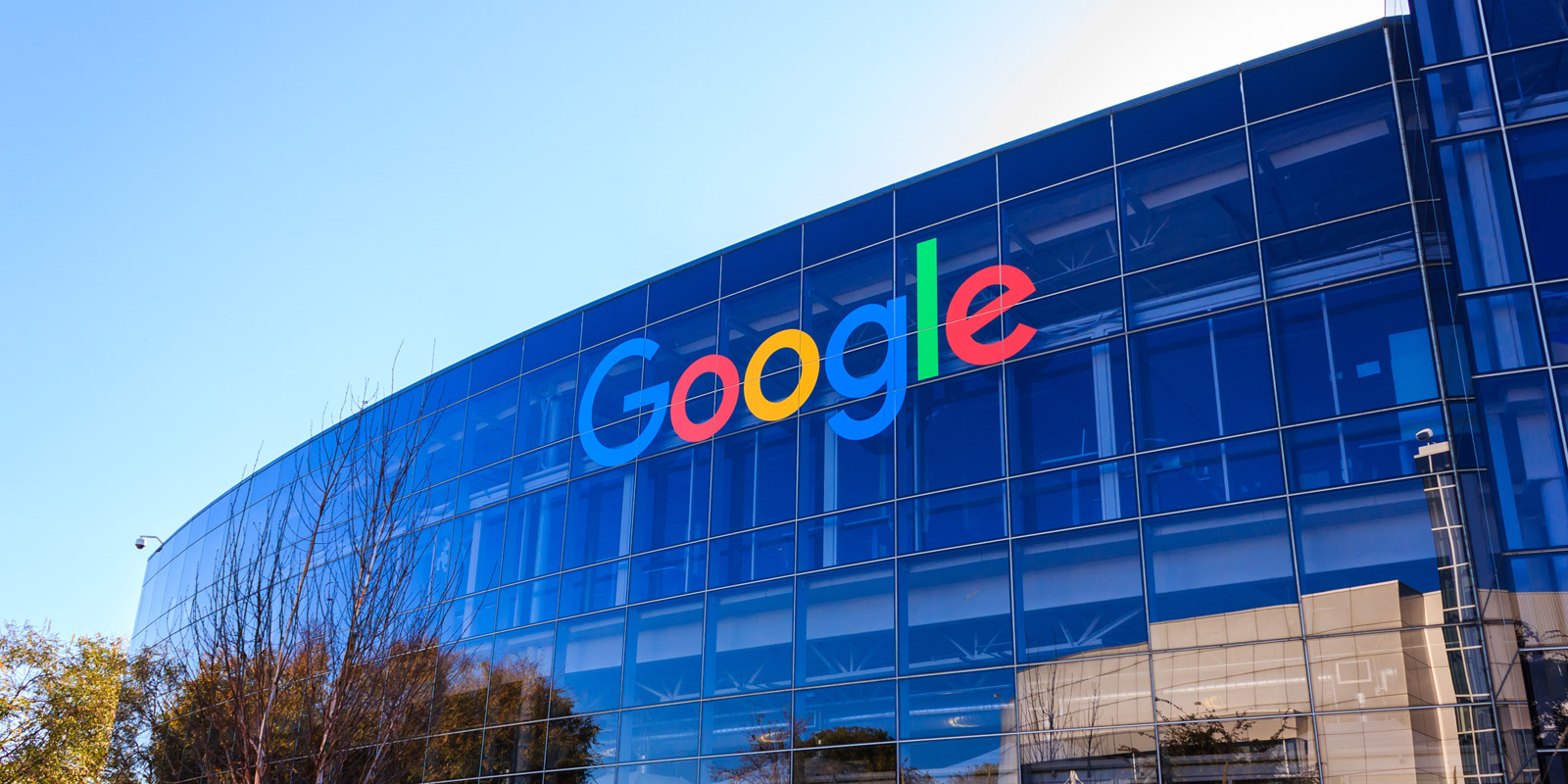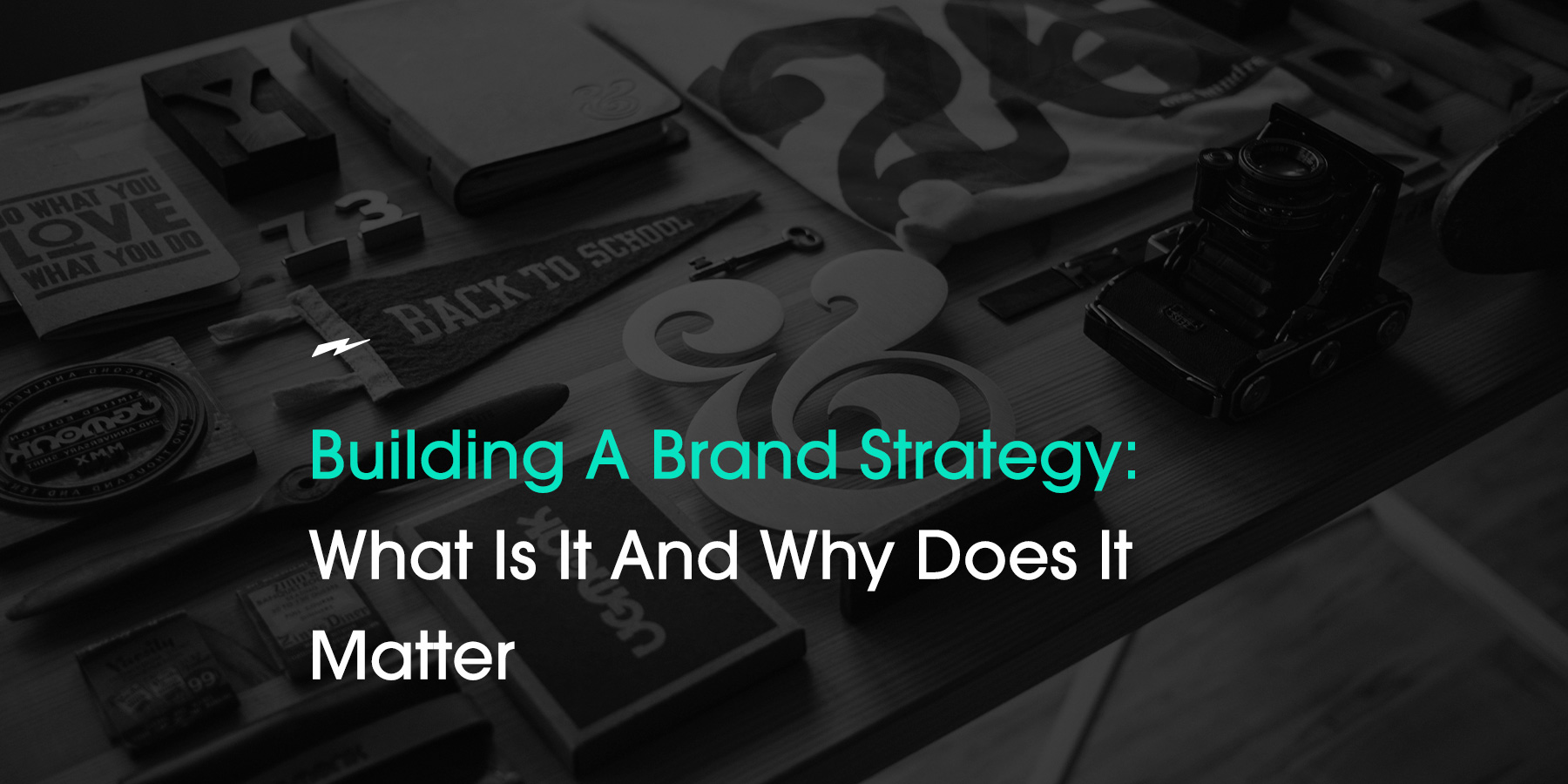Google does more than just provide online users with answers to search queries; They also service brands of all shapes and sizes through their Google Ads PPC platform. It’s an excellent way for small business owners to reach an online audience through target ads.
Back in 2018, Google Adwords rebranded into Google Ads as the premier paid advertising platform following the pay-per-click (PPC) model. This allows advertisers to have a go-to place for sharing desktop and mobile ads to target their market. Besides being a notable presence on Search Engine Results Pages (SERPs), Google Ads also appear on YouTube, Blogger, and Google’s Display Network, allowing businesses to reach a wide market.
Utilizing Google’s PPC Model
Similar to Search Engine Optimization, the PPC marketing model utilises strategic keywords relevant to your target audience’s search queries. It uses a clock or per impression (CPM) payment model, allowing advertisers to only pay for bids with only as many clicks as they can afford. While it seems like a direct marketing channel that leads to your site, you can follow best practices to make your ads more effective.
Before you get started with Google Ads, here are three things you need to remember:
1. Choose the Right Bidding Option
It’s important to weigh the return on Investment (ROI) of any digital marketing strategy, especially if you’re working with a paid advertising model. PPC marketing provides three different bidding options for marketers on their ads. Listed below are the three choices you can select for your PPC campaign:
Cost-per-click (CPC): This bidding method is straightforward in requesting an amount with every user clicking on your ad.
Cost-per-mile (CPM): This bidding method depends on the prospective reach of your ad, requiring you to pay an amount for every 1,000 ad impressions.
Cost-per-engagement (CPE): This payment method requires you to pay only after a specific action is performed on your ad. It can come in the form of subscribing to a newsletter, redirecting a user to a site, or playing a video.
Choosing the right bidding option isn’t just about setting your budget limitations; it’s also necessary to use the appropriate marketing strategy with your campaign’s goals.
2. Determine Your Target Location
While setting up your Google Ads, you’ll need to limit the scope and reach of your ads. Doing so lets you home into a specific target audience while making the most of your ROI. For example, you wouldn’t want your ads to appear halfway across the world if you’re only servicing a local market. Remember to strategise your target locations and ensure that they’re relevant to your target demographic and product or service.
3. Set Your Keywords
Since PPC also utilises target keywords you need to input this in Google Ads to cover which search queries are relevant to your PPC ad. Keep in mind that you can set several ad groups, depending on the number of landing pages you want to advertise. Google will then display these ads based on the match types of user search queries.
Conclusion
It’s not uncommon for social media and advertising platforms to realign their terms and policies, especially to commit to modern online user behaviour. For this reason, PPC guidelines can shift and skew, depending on the market’s changes. Since it’s almost impossible to keep up with these changes in advance, it’s best to relegate your PPC marketing strategy’s execution and monitoring with industry experts.
Lethal is a reliable digital marketing agency in Perth that can execute marketing campaigns for your benefit. Our team is dedicated to high-quality service through site optimisation, social media ad management, web design and more! Get a free quote from us today.





